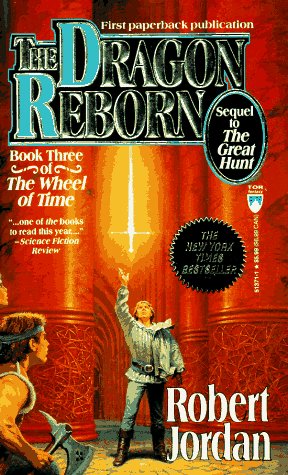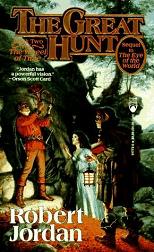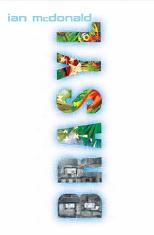I’m not sure I actually like Cory Doctorow, either as a blogger or an esseff writer. Boing Boing used to be on my blogroll until it got too up itself for me, and I’ve tried his fiction but haven’t managed to finish any of it. Part of what annoys me about him is his relentless self promotion, part his equally relentless, somewhat naive techno exuberance. The combination just sets my teeth on edge.
A good example was linked to by Making Light the other day, a short called “Other People’s Money“, which was written for Forbes. The excerpt below showcases what I dislike about Doctorow’s writing:
“You’d have thought I’d learned my lesson by then, but no, sir. I am the original glutton for punishment. After Bubble 2.0, I took my best coders, our CFO, and a dozen of our users and did a little health-care startup, brokering carbon-neutral medical travel plans to Fortune 500s. Today that sounds like old hat, but back then, it was sexy. No one seriously believed that we could get out from under the HMOs, but between Virgin’s cheap bulk-ticket sales and the stellar medical deals in Venezuela, Argentina and Cuba, it was the only cost-effective way. And once the IWWWW signed up 80 percent of the U.S. workforce through World of Starcraft guilds, no employer could afford to skimp on health insurance.
The word would go out during that night’s raids and by the morning, you’d have picket lines in front of every branch office.
The whole story is like that, one long infodump laced with buzzwords and jargon to show what Doctorow thinks could be our future. It’s near future and of a type that I should like, like much of Doctorow’s work, as it’s simular to what people like Neal Stephenson and Bruce Sterling have also written. There’s one great difference though, in that their stories were grounded in a political and sociological awareness that I find lacking with Doctorow.



